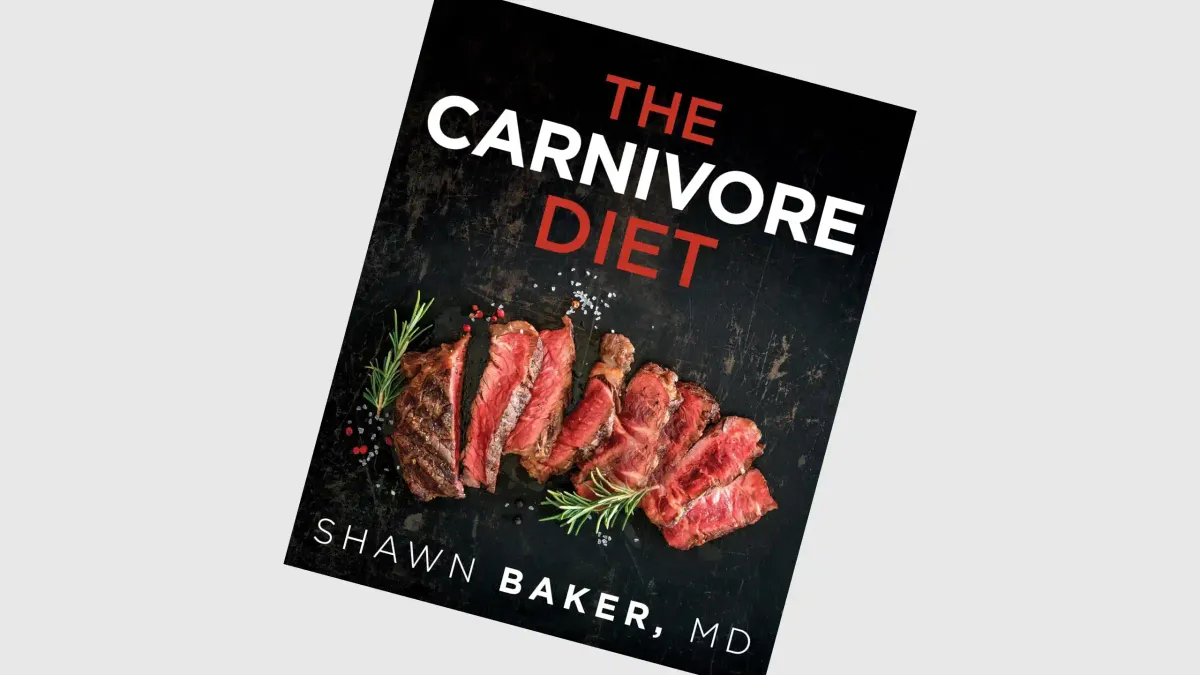The carnivore diet throws a major curveball at the body's hydration needs. No plants? No problem - except when it comes to water and electrolytes. High protein intake demands more H2O, while saying goodbye to carbs and vegetables means less water and electrolyte retention. It's like trying to run a car without oil - technically possible, but not great for the engine. Sure, meat-eaters can stay hydrated, but it takes more than just chugging water. The real challenge? Getting those electrolytes balanced without the usual carb retention.
While following a carnivore diet might seem simple - just eat meat, right? - staying properly hydrated is trickier than most people realize. The shift away from carbs throws the body's fluid balance into chaos. It's not just about drinking water; it's about maintaining a delicate electrolyte dance that most people completely mess up.

The body gets demanding when you go full carnivore. Protein metabolism requires more water than people expect, and sodium starts flying out of the body like it's trying to escape. Meanwhile, the absence of water retention creates potential gaps in sodium, potassium, and magnesium. The result? Welcome to the delightful world of "keto flu" symptoms - complete with headaches, fatigue, and the kind of brain fog that makes you forget your own name.
Water needs skyrocket to 2-4 liters daily on this diet. That's a lot of trips to the bathroom depending on if you sweat heavily. Smart carnivores spread their water intake during the day and pay attention to their urine color - dark yellow isn't winning any prizes here. Bone broth or electrolyte powders become your new best friend, offering both hydration and electrolytes in one convenient package.
Even animal-based foods contribute some fluid, but not enough to skip the water bottle.
The signs of dehydration are pretty obvious - if you know what to look for. Thirst, dark urine, fatigue, dizziness, and muscle cramps are all red flags. The body's subtle way of saying, "Hey, don't forget me? I need water!" Sometimes hunger pangs are actually thirst in disguise. Sneaky body.
Adaptation takes time, and hydration needs change with the seasons and activity levels. The body eventually becomes more efficient at managing water, but it's not a set-it-and-forget-it situation. Regular monitoring is essential. Weight fluctuations can signal hydration status, and seasonal changes demand adjustments.
It's a constant balancing act, but one that gets easier with time. Just don't forget: when in doubt, drink more water. Your body will thank you - probably with fewer headaches and more energy.



